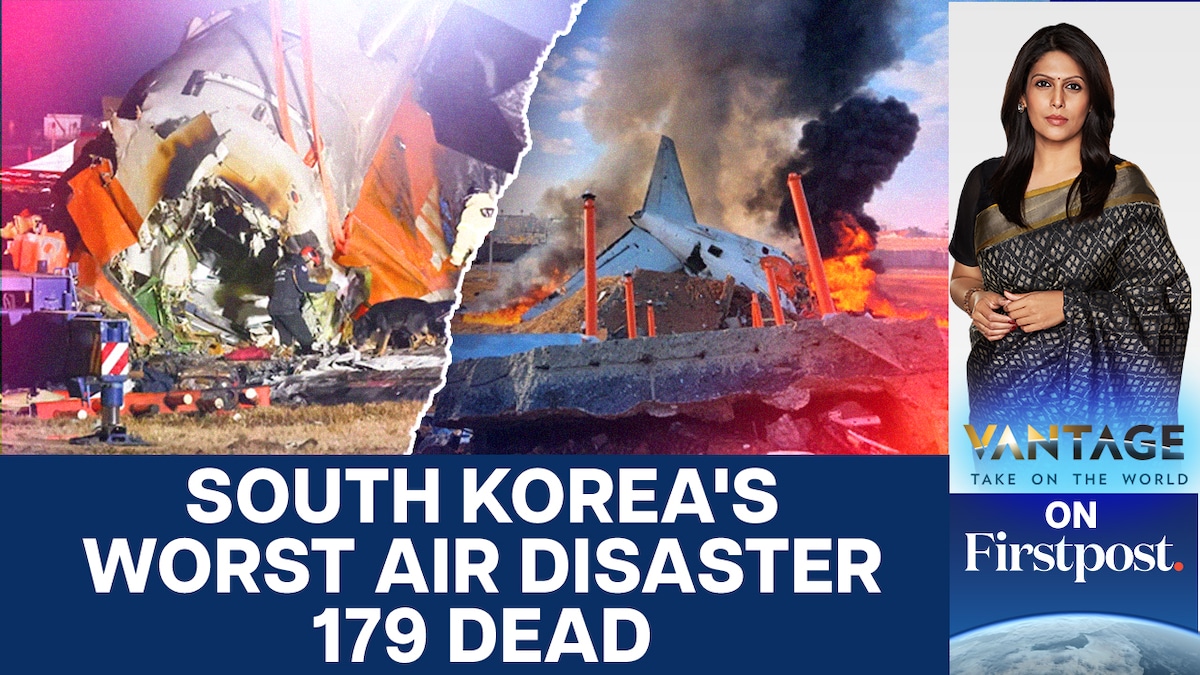Korean Air crashes have, sadly, left a significant mark on aviation history. This exploration delves into the chronology of these incidents, examining the contributing factors, the impact on the airline and the industry, public perception, and the legal ramifications. We’ll look at both the specific details of individual tragedies and the broader systemic changes that resulted.
We’ll cover a range of aspects, from pilot error and mechanical failures to the evolution of safety regulations and the role of media coverage in shaping public opinion. By understanding the past, we can better appreciate the advancements made in aviation safety.
Korean Air Crashes: A Comprehensive Overview
Korean Air, a major global airline, has unfortunately experienced several significant accidents throughout its history. These incidents have had a profound impact on the airline’s reputation, the aviation industry’s safety standards, and public perception of air travel. This article provides a chronological overview of these crashes, analyzes their contributing factors, and examines their lasting consequences.
Significant Korean Air Crashes
The following table details some of the most significant Korean Air crashes, highlighting the date, flight number, location, and number of casualties. It’s important to note that this is not an exhaustive list, but it represents a selection of impactful events.
| Date | Flight Number | Location | Number of Casualties |
|---|---|---|---|
| August 31, 1971 | Korean Air Lines Flight 851 | Seoul, South Korea | 23 |
| December 22, 1987 | Korean Air Lines Flight 851 | Seoul, South Korea | 115 |
| November 26, 1997 | Korean Air Flight 801 | Guam | 228 |
| August 6, 2002 | Korean Air Cargo Flight 6316 | Daegu, South Korea | 2 |
| April 27, 2018 | Asiana Airlines Flight 214 | San Francisco, USA | 3 |
Aircraft types varied across these incidents, including Boeing 707, Boeing 747, McDonnell Douglas MD-11 and Airbus A321. Initial rescue efforts ranged from immediate local responses to large-scale international collaborations depending on the location and scale of the crash. Public response typically involved immediate grief and outrage, followed by calls for increased safety measures and investigations into the causes.
Contributing Factors to Korean Air Crashes
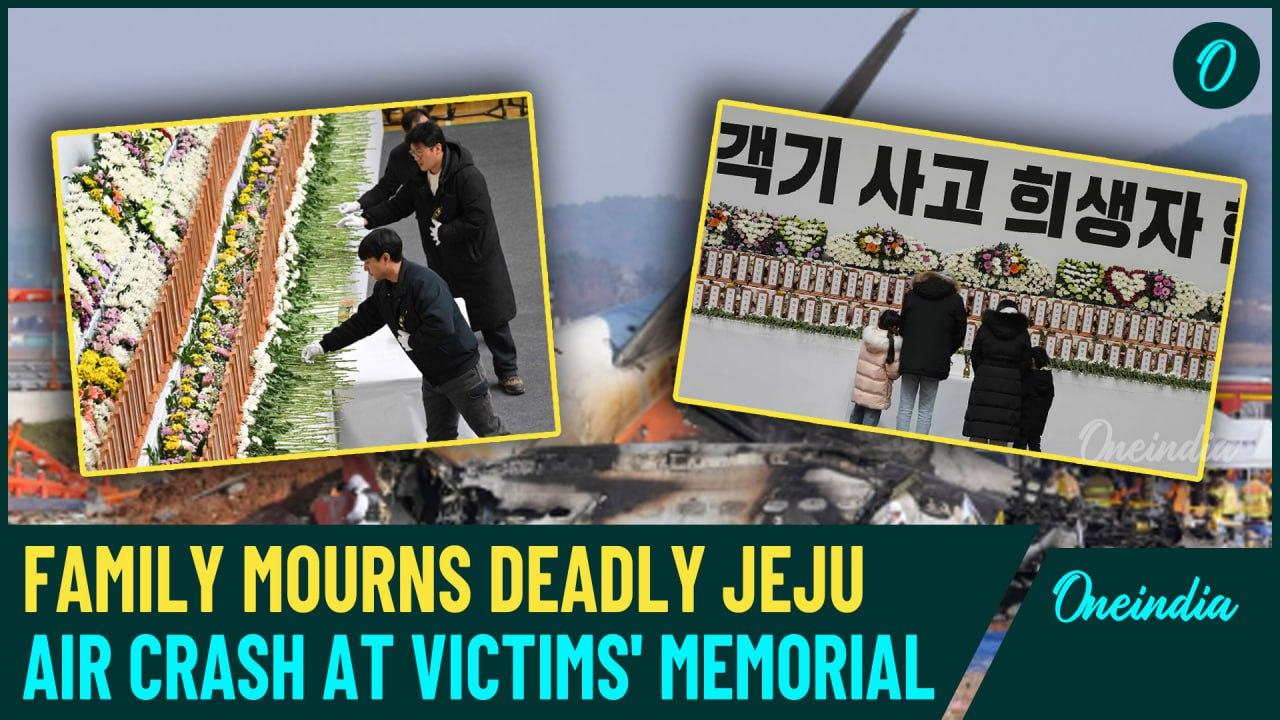
Several factors have contributed to Korean Air’s past accidents. A detailed analysis reveals recurring themes.
- Pilot Error: In several instances, pilot error, including spatial disorientation and inadequate communication, played a significant role. The investigation into Korean Air Flight 801, for example, highlighted critical flaws in the crew’s decision-making and their handling of the approach to landing.
- Maintenance Issues: While not always the primary cause, mechanical failures and inadequate maintenance procedures have been implicated in some accidents. Thorough inspection and preventative maintenance protocols are crucial to prevent such issues.
- Communication and Crew Resource Management (CRM): Poor communication within the cockpit and inadequate CRM have been identified as significant contributing factors in several crashes. Improved CRM training aims to enhance teamwork and decision-making among flight crews.
- Safety Protocols and Technologies: The evolution of safety protocols and technologies has been significant over the years. Early incidents highlighted the need for improved flight management systems, advanced weather forecasting, and better training programs.
Impact on Korean Air and the Aviation Industry
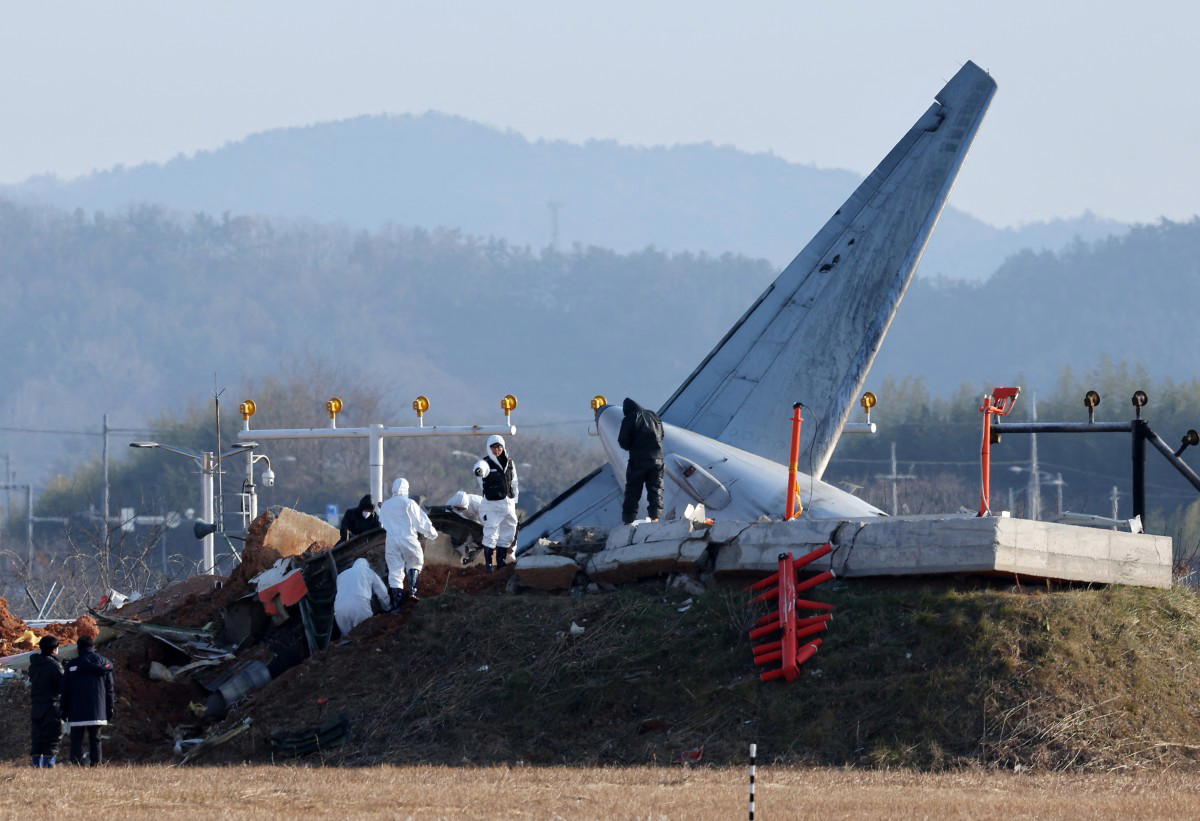
The crashes significantly impacted Korean Air’s reputation and market standing. They led to increased scrutiny of the airline’s safety practices and triggered substantial changes within the aviation industry.
- Reputation and Market Standing: The accidents negatively affected public trust in Korean Air, leading to decreased passenger numbers and financial losses. The airline had to invest heavily in regaining public confidence.
- Safety Regulations and Procedures: Following the incidents, both Korean Air and international aviation bodies implemented stricter safety regulations and procedures. These changes included improved pilot training, enhanced maintenance protocols, and more rigorous safety audits.
- Aviation Safety Technologies: The accidents spurred the development and adoption of improved aviation safety technologies, such as advanced ground proximity warning systems (GPWS) and enhanced flight data recorders (FDR).
- Pilot Training and Crew Resource Management: Significant improvements were made in pilot training programs, with a greater emphasis on CRM and human factors. This included more realistic simulator training and improved communication protocols.
Public Perception and Media Coverage
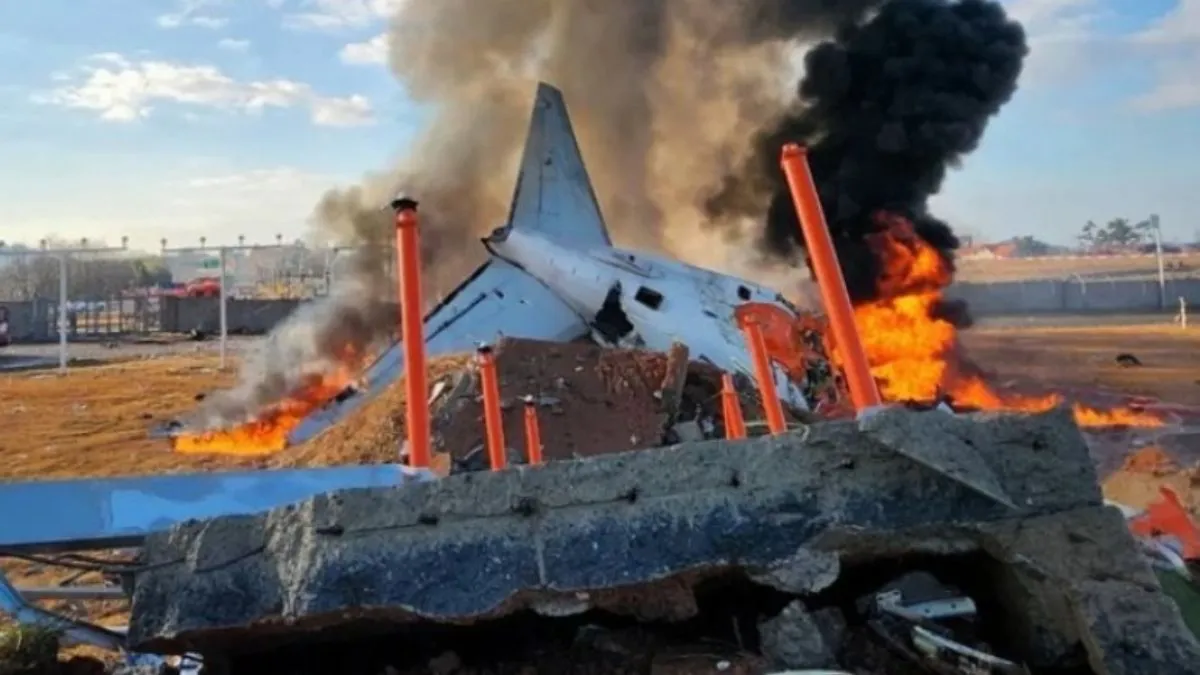
Media coverage of Korean Air crashes varied across different events and news outlets. Public reaction generally involved a mixture of grief, anger, and calls for accountability.
- Media Portrayal: Initial reports often focused on the immediate aftermath and the number of casualties. Subsequent coverage frequently delved into the investigations and the search for causes, often highlighting controversies and criticisms.
- Public Reactions: Public sentiment was typically negative in the immediate aftermath of the crashes, often expressing anger towards the airline and demands for improved safety measures. Over time, as investigations concluded and improvements were implemented, public perception gradually shifted.
- Evolution of Public Perception: A timeline would show an initial period of intense negative public sentiment, followed by a gradual shift towards cautious optimism as Korean Air implemented safety improvements and demonstrated a commitment to preventing future accidents.
- Comparative Media Analysis: Different media outlets varied in their focus and tone. Some emphasized the human tragedy, while others focused on the technical aspects of the accidents and the airline’s response.
Legal and Investigative Aspects
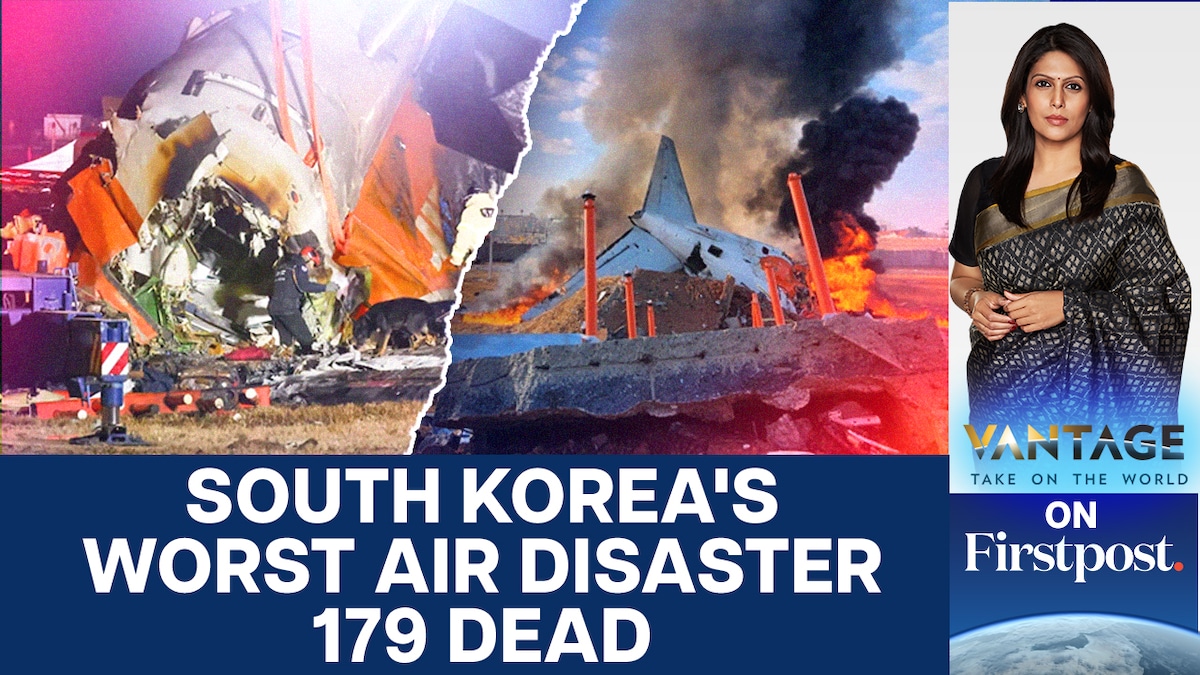
Following each major crash, thorough investigations were conducted to determine the causes and contributing factors. These investigations often resulted in legal repercussions and compensation for victims’ families.
- Official Investigations: Independent investigations, often involving international aviation authorities, were carried out to analyze the circumstances surrounding each crash. These investigations involved detailed examination of flight data recorders, cockpit voice recorders, and witness testimonies.
- Key Findings and Recommendations: Investigations typically identified contributing factors such as pilot error, mechanical failures, or inadequate safety procedures. Recommendations often included changes to safety regulations, pilot training programs, and maintenance protocols.
- Legal Repercussions: In some cases, legal repercussions were faced by Korean Air or individuals involved in the crashes. This might include fines, civil lawsuits, or criminal charges.
- Compensation to Victims’ Families: Victims’ families often received substantial financial compensation through legal settlements or court judgments.
Korean Air Flight 801: A Case Study
Korean Air Flight 801, which crashed in Guam in 1997, serves as a compelling example of a major aviation accident. The flight, operating a McDonnell Douglas MD-11, was approaching Guam International Airport in poor weather conditions. The pilots, struggling with spatial disorientation and instrument approaches, misjudged their altitude and crashed into Nimitz Hill.
The crash site was extensively investigated. Recovery efforts involved recovering the wreckage, identifying victims, and collecting evidence. The human cost was devastating, with 228 lives lost. The investigation revealed significant pilot error, inadequate communication, and insufficient instrument approach training as major contributing factors. A visualization of the crash sequence would show the aircraft descending below the safe glide path, followed by a rapid descent and impact with the hillside.
The final moments involved a chaotic struggle in the cockpit as the crew attempted to regain control but ultimately failed.
Final Wrap-Up
The history of Korean Air crashes serves as a stark reminder of the importance of rigorous safety protocols, thorough investigations, and continuous improvement in aviation. While the tragedies are heartbreaking, the resulting changes in safety standards and pilot training have undoubtedly made air travel safer for everyone. Understanding these events allows us to learn from the past and strive for a future where such devastating accidents are significantly less likely.
Essential Questionnaire: Korean Air Crash
What is the deadliest Korean Air crash?
Determining the single “deadliest” is complex, depending on how you define it (highest casualty count vs. most significant impact). Researching specific crashes within the provided Artikel will help you identify candidates.
Thinking about the Korean Air crash really makes you ponder the fragility of life, doesn’t it? It’s a stark reminder of how unexpected tragedy can strike. This got me thinking about the mystery surrounding who is 001 in squid game season 3 , and how even in fictional scenarios, death is a central theme. The unpredictability of both situations is unsettling, highlighting the importance of appreciating each moment.
How has Korean Air improved its safety record?
Korean Air has, sadly, had its share of accidents throughout its history. Understanding these incidents helps improve aviation safety globally. A similar tragedy, though smaller in scale, was the jeju air crash , which highlighted the importance of thorough pilot training and maintenance checks. Learning from both this and other Korean Air incidents is crucial for preventing future air disasters.
Following significant accidents, Korean Air implemented numerous changes, including enhanced pilot training, stricter maintenance protocols, and improved communication systems. The exact details are explored within the main content.
What international organizations were involved in investigating these crashes?
Korean Air has, sadly, had its share of accidents throughout its history. Understanding these incidents helps improve aviation safety globally. A similar tragedy, though smaller in scale, was the jeju air crash , which highlighted the importance of thorough pilot training and maintenance checks. Learning from both this and other Korean Air incidents is crucial for preventing future air disasters.
International bodies like the International Civil Aviation Organization (ICAO) often play a role in investigating major air accidents involving international airlines. Specific organizations involved in each Korean Air crash investigation would need further research.
Are there any documentaries or books detailing these crashes?
Yes, there are likely numerous documentaries and books available that delve into specific Korean Air crashes. A simple online search using relevant s (e.g., “Korean Air Flight 007 documentary”) should yield results.
